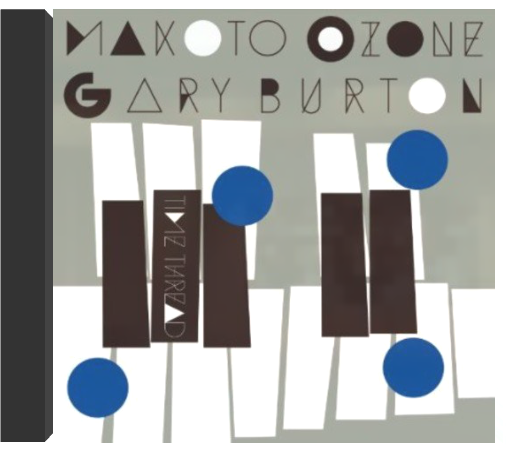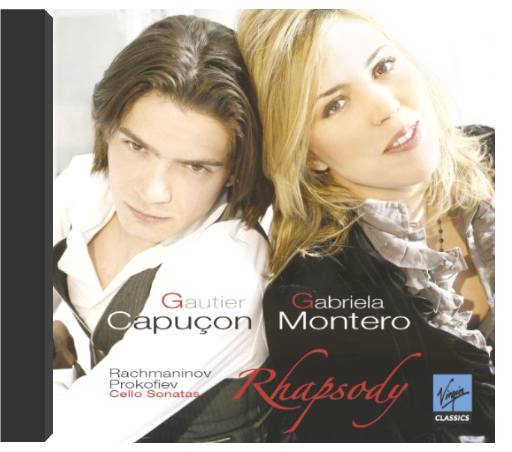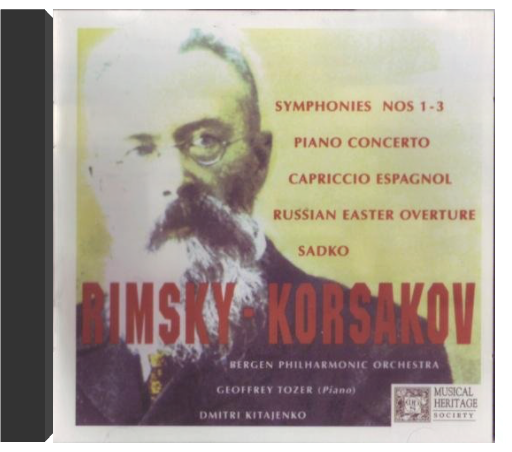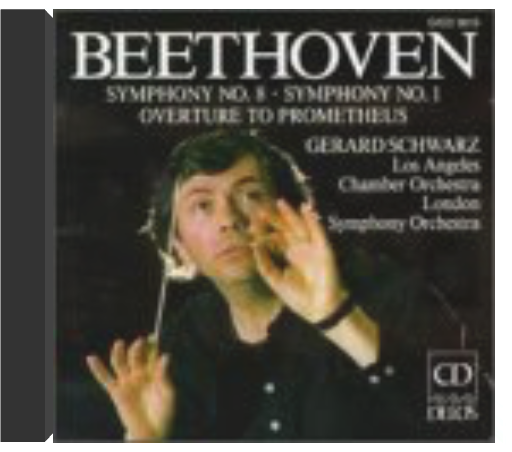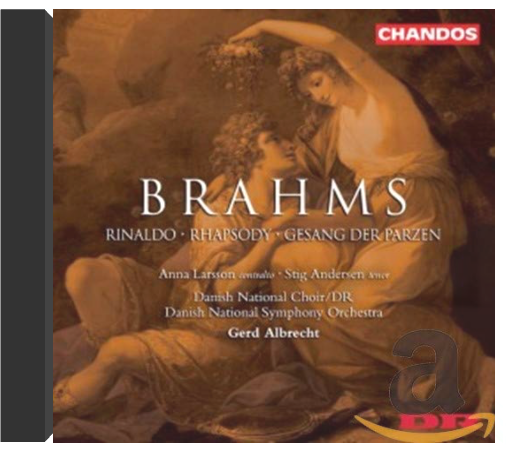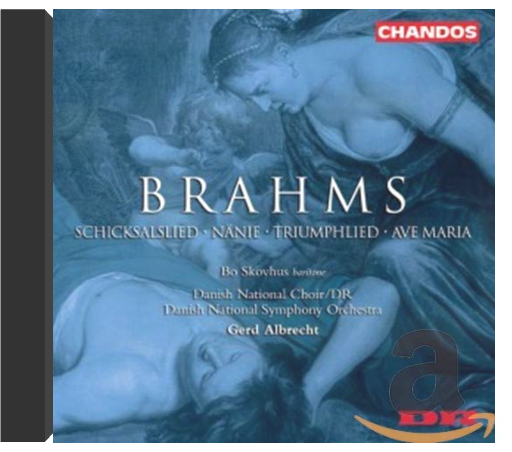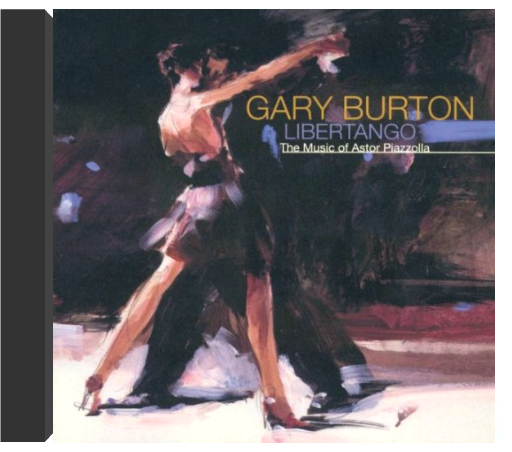 Libertango: Music of Astor PiazzollaGary Burton Libertango: Music of Astor PiazzollaGary Burton Libertango is both an extension of the famed New Tango live recording Gary Burton and Astor Piazzolla collaborated on and a way for one of jazz's preeminent vibraphonists to continue tango explorations begun under the music's greatest modern architect. Burton assembles a killer band for Libertango's Piazzolla pieces, with guitarist Horacio Malvicino, violinist Fernando Suarez-Paz, and pianist Pablo Ziegler all coming from long tenures with Piazzolla's bands. What Burton does with the music will be unusual to tango enthusiasts and jazz fans alike. For the former group, he uses the vibraphone—with its hybrid percussive and harmonic properties—to sketch short improvisations and nuanced colorings inside the melodies. For jazz fans, Burton demonstrates how dynamically flexible tango formations are. They're intricately built and elaborately dramatic, but with Burton in the picture, the sonic dimensions widen and the vibes alternately mesh and stand out in the mix. He can comment on the melody, wind his own way through it, and solo all in a single piece, sounding perfectly adapted to his role. The Piazzolla tunes—including some of his most renowned ("Adios Nonino" and "Invierno Porteno")—come at a faster-than-normal clip, but in this way, they leap and hop. —Andrew Bartlett 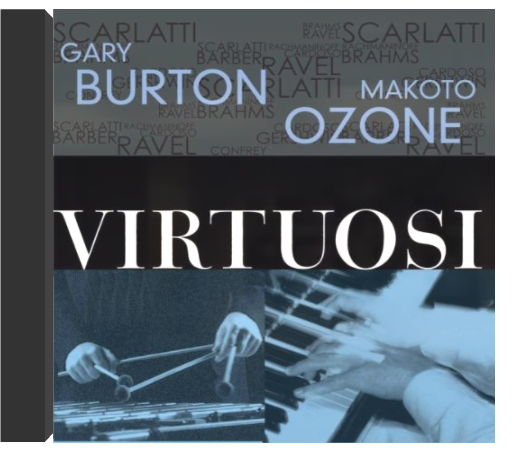 VirtuosiGary Burton, Makoto Ozone VirtuosiGary Burton, Makoto Ozone Japanese only SHM pressing. The SHM-CD [Super High Material CD] format features enhanced audio quality through the use of a special polycarbonate plastic. Using a process developed by JVC and Universal Music Japan discovered through the joint companies' research into LCD 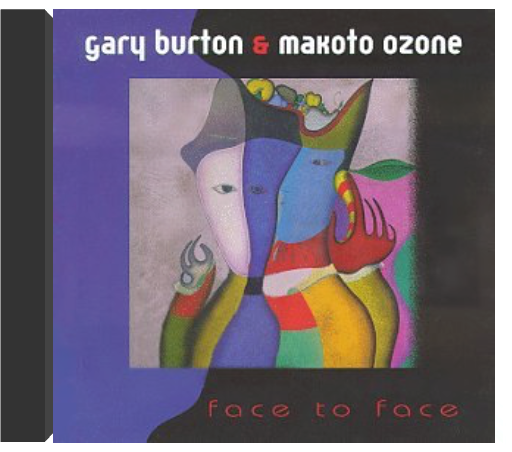 Face to FaceGary Burton & Makoto Ozone Face to FaceGary Burton & Makoto Ozone When Makoto Ozone was a student at the Berklee School of Music in 1981, he asked professor Gary Burton for private lessons. The poll-winning vibist was so impressed by the young pianist that he invited Ozone to join the Gary Burton Quartet. Since then the pianist's youthful facility has gained a more mature sense of phrasing, and he has become a major jazz star in Japan. They reunite for their first unaccompanied duo album, Face to Face. Such a collaboration inevitably recalls Burton's landmark duo recordings with Chick Corea, but Ozone has a very different touch than Corea—less Latin and percussive and more classical and fluid. Where Corea is likely to go for the exclamatory chord, Ozone is more likely to go for the quick, smooth arpeggio. Ozone and Burton both love to run through chord changes in brisk, yet seemingly relaxed phrases which manage to touch on most of the possible notes in any harmony. These seamless, graceful lines are often extended at great length and then traded off to the comping partner. They tackle two Thelonious Monk tunes, three Ozone originals, South American numbers by Antonio Carlos Jobim and Astor Piazzolla, standards by Rodgers & Hart and Benny Goodman, and Steve Swallow's "Eiderdown." One might wish for some dirty low notes or harsh chords to offset all this dizzying lyricism, but there's no denying the duo's superb command of jazz romanticism. —Geoffrey Himes 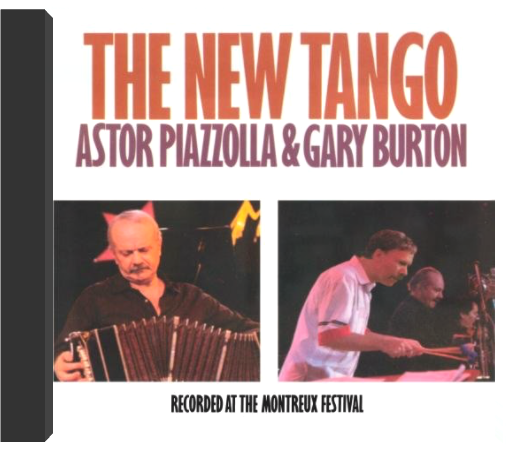 New Tango, TheGARY/ ASTOR PIAZZOLLA BURTON New Tango, TheGARY/ ASTOR PIAZZOLLA BURTON New Tango, The by BURTON, GARY/ ASTOR PIAZZOLLA 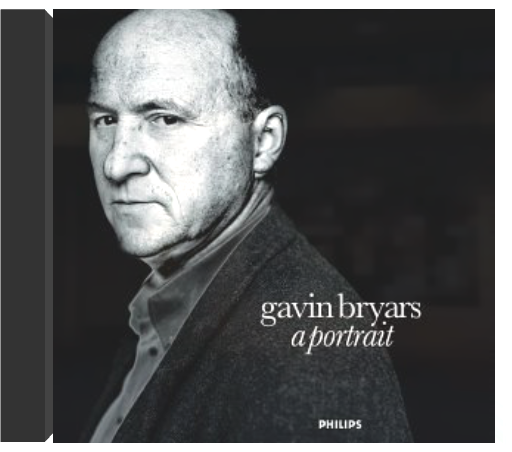 A PortraitGavin Bryars, Julian Lloyd Weber, Valerie Anderson, Tom Waits, Nexus Precussion Enasemble, Gavin Bryars Ensemble, English Chamber Orchestra A PortraitGavin Bryars, Julian Lloyd Weber, Valerie Anderson, Tom Waits, Nexus Precussion Enasemble, Gavin Bryars Ensemble, English Chamber Orchestra Philips's collection of major works that have propelled Gavin Bryars to New Music stardom is an effective overview of his music. The longest work is his Cello Concerto, handsomely played by Julian Lloyd Webber with a big, colorful tone and sustained intensity throughout its contemplative half-hour. A comparable mood pervades the bright tintinnabulating textures of the whimsically titled One Last Bar, Then Joe Can Sing. Similar as well, in their attractive serenity and suppressed sadness, are many of the other works here, prime among them the viola concerto in all but name, The North Shore, a tone painting of the rugged cliffs of northeast England. Adnan Songbook, settings of six poems by Lebanese poet Etel Adnan, are beautifully sung by soprano Valerie Anderson and delicately scored for a small ensemble. Bryars's biggest hits, The Sinking of the Titanic and Jesus' Blood Never Failed Me Yet, have inspired him to numerous reworkings and capsuled fragments. They're represented by Titanic Lament, depicting a hymn tune dissolving into gray, watery textures, and two very different four-minute versions of Jesus' Blood, both with Tom Waits. Some will find Bryars's brand of minimalism veering too closely to New Age music, but others will immerse themselves in a sound world of originality and refined beauties. —Dan Davis |
 Made with Delicious Library
Made with Delicious Library

